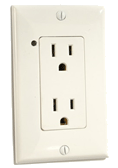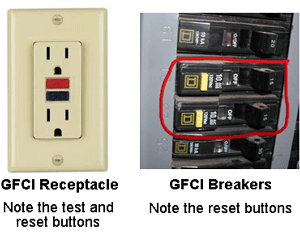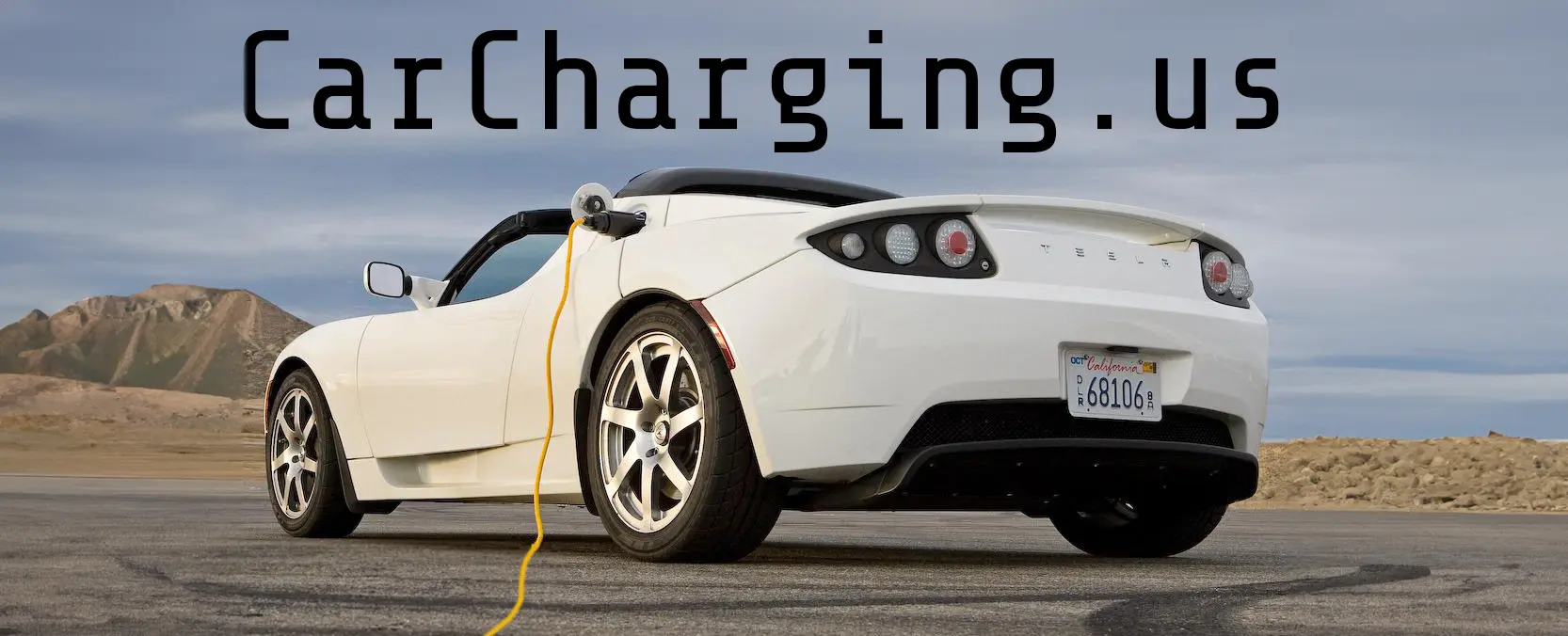Charging from 120V Receptacles

Some people opt to not install a 240V EVSE and instead will use a mobile EVSE that can charge a car from a regular household 120V receptacle. I would only recommend doing this if you:
- Don't drive a lot OR
- This is a temporary situation OR
- You have no other choice
In particular, don't rely on 120V charging in below freezing temperatures since there isn't enough power to both warm the battery to accept a charge and to actually charge. Charging from 120V actually costs more money than charging from 240V since there is a fixed power overhead to run the car's electronics, fans and pumps while charging, so the much longer charge times you have with 120V charging means more power is wasted just keeping the car running. And if your area has cheaper electrical rates at night, the comparison gets even worse. See the calculator below to see how much more money it costs per year to charge this way.
If you do charge from a 120V receptacle, make sure the receptacle isn't worn/old. EV charging is a heavy load so it'll expose any weakness. Replacing a 120V receptacle for a new, heavy duty one, is an easy DIY job, so consider it if your receptacle doesn't grab a plug very well or looks old. Don't use a 20A receptacle if the breaker is only 15A, and likewise, do use a 20A receptacle if your breaker is 20A (see below).
120V circuits are usually daisy chained, meaning one breaker protects multiple receptacles in an area. So make sure there aren't heavy loads on the same receptacle circuit. Lights or a single garage door opener are fine, but if a refrigerator shares the same circuit, that will likely cause the circuit breaker to trip while charging.
If you use an extension cord, buy a 12 gauge one.
Ground Fault Circuit Interrupter (GFCI)

GFCI receptacles or breakers are often found on garage and outdoor receptacles and sometimes on 240V circuits like NEMA 6-20. They trip if they detect very small currents leaking from the hot wire(s) to ground, aiming to protect humans from shocks in fault situations.
It turns out that most EVSEs actually leak a tiny bit of current to ground when they first start charging as a test to make sure the ground pin is actually connected to a useful ground. The EVSE test leaks a small enough or quick enough current such that it won't trip a properly functioning GFCI. But older and weaker GFCIs have been known to trip right at the start of charging and weak GFCIs can also trip during charging as well.
If this happens to you, replace the GFCI receptacle or breaker, and your charging problems should go away.
Note that 120V household GFCI receptacles come in two sizes: 15A or 20A. If you have a 20A breaker protecting your receptacle, then buy the 20A version. It'll be more robust and allow you to charge even faster if you have the appropriate mobile EVSE.
15A vs 20A Receptacles 
Your 120V receptacle can output either 15A or 20A. If your receptacle has a horizontal blade on the left slot, then it can output 20A, and you charge up to 42% quicker on such a receptacle than a 15A one if your mobile EVSE has a NEMA 5-20 adapter, like the Tesla one has. |
120V Extra Cost Calculator
Charging from a 120V receptacle as opposed to a 240V source is much more inefficient due to a variety of reasons. This calculator shows you how much extra you'll pay in electricity costs per year if you charge at 120V instead of at 240V assuming you do all your charging at home.
| Miles Driven/yr | |
|---|---|
| Off Peak Rate (¢/kWh) | |
| Peak Rate (¢/kWh) | |
| 120V Receptacle |
|
| Compare to 240V Charging at: |
|
| Vehicle Type |
|
| Overhead (Watts) | |
|
Extra cost of 120V charging: $0 per year.
240V charging yearly cost: $0. |
|
|
Assumptions:
|
|
